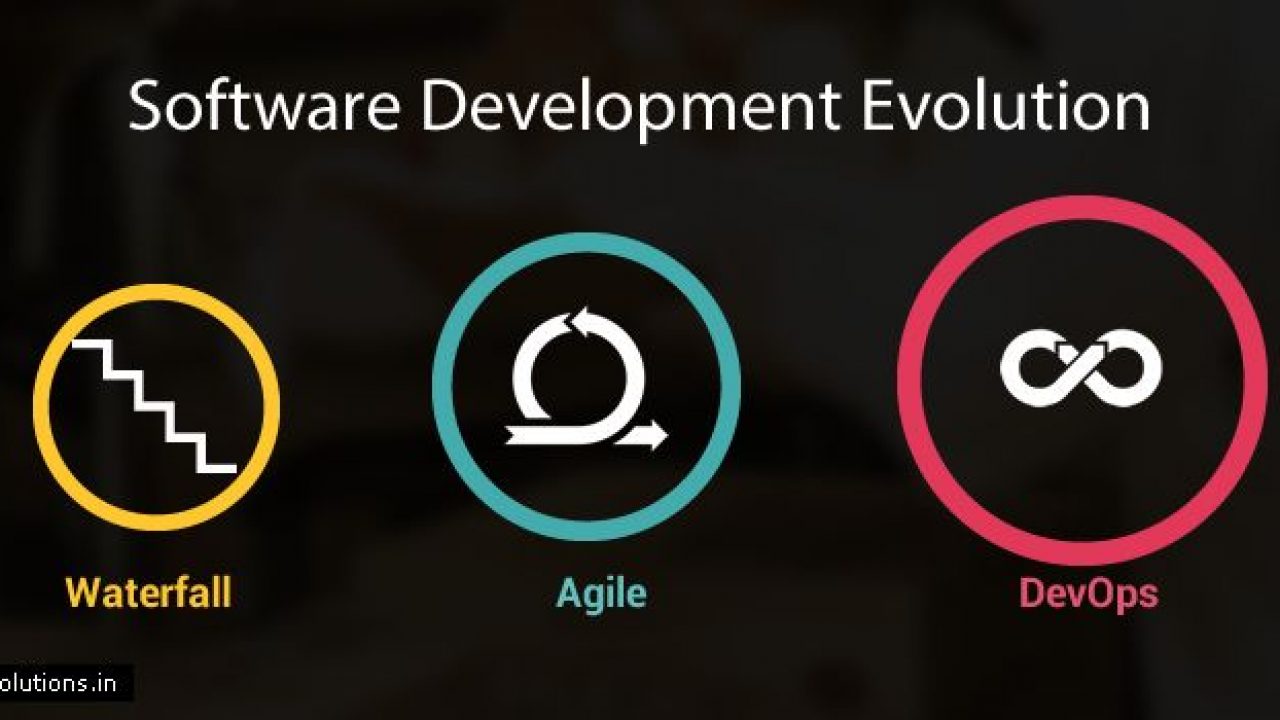
Software development companies across the world today work with extreme precision to successfully deliver great products. Accomplishing this requires a high level of planning, process development, and refined software development techniques.
The IT industry has built and consistently refined these software development methodologies over the years through failures, experiences, and understanding of the intricacies of software development.
These methodologies help software development companies to add structure to their workflow. Choosing the right methodology depends on multiple factors like team size, project complexity, and goals.
Earlier we wrote about a software development methodologies history. In this article, we will explore the top 7 software development methodologies that most companies, around the world, use:
1) Waterfall Model
The waterfall model is a traditional model that was first created in 1970 and was a prominent approach for several decades. Today, it is used to introduce software development methodologies to engineers, so they can better understand and appreciate the flexibility of modern methodologies.

The waterfall model derives its name since it follows a sequential and plan-driven approach. It is divided into several self-contained stages or steps. It usually follows the following steps:
- Requirement gathering
- Analyze the requirements
- Design
- Implement
- Test
- Deploy and maintain
The first step is extremely vital and requires a lot of clear documentation. The idea is to make sure both the client and developers are clear about the entire scope of the project in advance. This helps in measuring the status of the project and estimating the completion time.
The waterfall model is a rigid methodology. Mistakes or changes during the development process are costly since the model requires a full restart right from the first step. This makes it an impractical approach.
2) Rapid Application Development (RAD)
The rapid application development (RAD) model was developed to deliver applications in a very short amount of time. It is a faster approach to the linear sequential model. In the RAD model, teams work on individual components. These components could be requirement planning, user design, construction, among others.
User approval plays a very important role in the RAD model. The design and construction phases are followed by user approval. These stages are then repeated until the user approves each step. The RAD model is a great alternative to the sequential model if the project scope is clearly defined. Since the model encourages customer feedback, the chances of deviating from the scope and customer expectations are low. However, hiring a team to work on a RAD approach is hard.
The RAD model demands a highly qualified and stable team to ensure its success. It is also difficult to implement the RAD approach for low budget projects, as the cost of modeling is high. Consistent user-involvement may become a problem for the development team.
3) Feature Driven Development (FDD)
Feature-driven development (FDD) is a precursor to the modern Agile/Lean methodologies. It focuses on delivering working software frequently and implements a client-centric approach. Features are the core of the FDD approach. A feature could be a part of the product that is valuable to the client. The FDD approach follows five basic steps:
- Build an overall model
- Develop a feature list
- Plan by each feature
- Design by feature
- Build by feature
Reporting to the client is encouraged throughout the process to avoid mistakes and rework. The FDD approach can thus handle mid-development changes. However, having a clear understanding of the scope like the waterfall model helps to save time and cost. The FDD model requires each feature to be worked on within 2 weeks. If a feature takes longer, it has to be broken down into further segments to fit in this defined 2-week window. This rigid approach makes the FDD model undesirable for teams that balance project-driven type of work.
4) Agile
The Agile methodology was first developed to fix the limitations of the waterfall model or other rigid and non-flexible development methodologies. It has grown to become one of the most widely implemented methodologies in modern software development companies. Some of the main attributes of the agile methodology include:
a) It prioritizes individuals and their interactions over development tools
b) It can incorporate changes instead of following a strictly defined plan, making it more flexible
c) It encourages customer collaboration throughout the development process

In the Agile approach, teams define a set number of deliverables in a defined amount of time called sprints. The deliverables need not follow a specific order of completion. The priority is to deliver working software that is tested as often as possible. Client satisfaction is the highest priority in the Agile methodology and this makes it one of the best methodologies for the process of mobile app development.
5) Scrum
The Scrum approach is built on the foundation of Agile methodology. Similar to the Agile approach, scrum demands breaking down complex problems into smaller goals. Sprints that are usually 2 weeks long are then defined to achieve these goals. Meetings play a very important role in the Scrum methodology. Daily meetings are planned followed by demos to collect feedback every day.

This helps in tracking the progress and incorporating changes easily. In this manner, the iterative and flexible techniques of Agile make way for a more disciplined approach in comparison to traditional models.
6) Extreme Programming
Extreme Programming (XP) is another agile framework that aims to incorporate the best software development techniques to develop high quality, bug-free software. Just like in the agile approach, Extreme Programming also aims to deliver working software as frequently as possible. This is done through short sprints that can incorporate changes. An important highlight in XP is its principle of ‘develop only what is required and nothing more’.
Following this philosophy, XP tries to keep things as simple as possible and encourages frequent testing and feedback. Teams, their relationship, and communication are of high importance in XP since it is a highly collaborative approach.
7) Lean
The Lean methodology is more of an approach and can be simply defined as applying the fundamentals of agile methodology at scale. While the agile methodology is excellent for teams to build software, it can struggle to do so on a larger scale across several organizational branches.

Read also: Lean Tools for Agile Development Environments
The lean methodology initially was adopted from the manufacturing sector that gives high importance to avoid wastage. In software companies, time, money, and effort are valuable resources that can be better managed and utilized through the lean-approach. On an organizational level, combining the lean approach with agile methodologies can help companies in building valuable software, and also follow a highly innovative, disciplined, and flexible approach.
How You Can Choose The Right Methodology?
If you are an owner of a software development company, it is important for you to give structure to your team and adopt the best practices. The software development methodology you choose depends upon your goals.
You can implement a lean and agile-based approach if you are a startup in order to cut costs and utilize every resource optimally. A sequential approach can be followed if you are dealing with small projects with a clear scope.
Irrespective of which approach you follow, understanding the various software development methodologies can guide your company towards becoming a successful venture.



